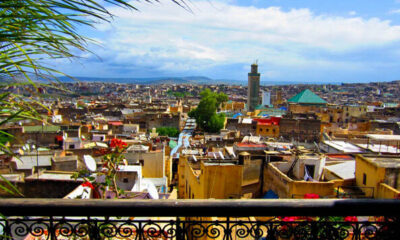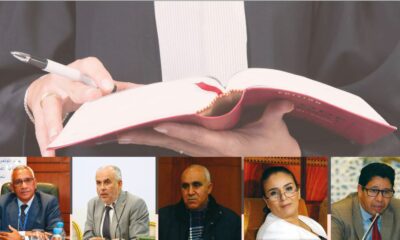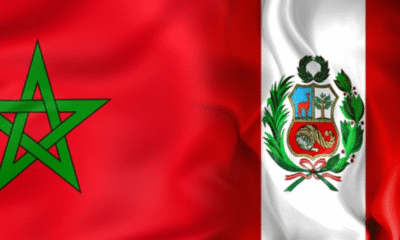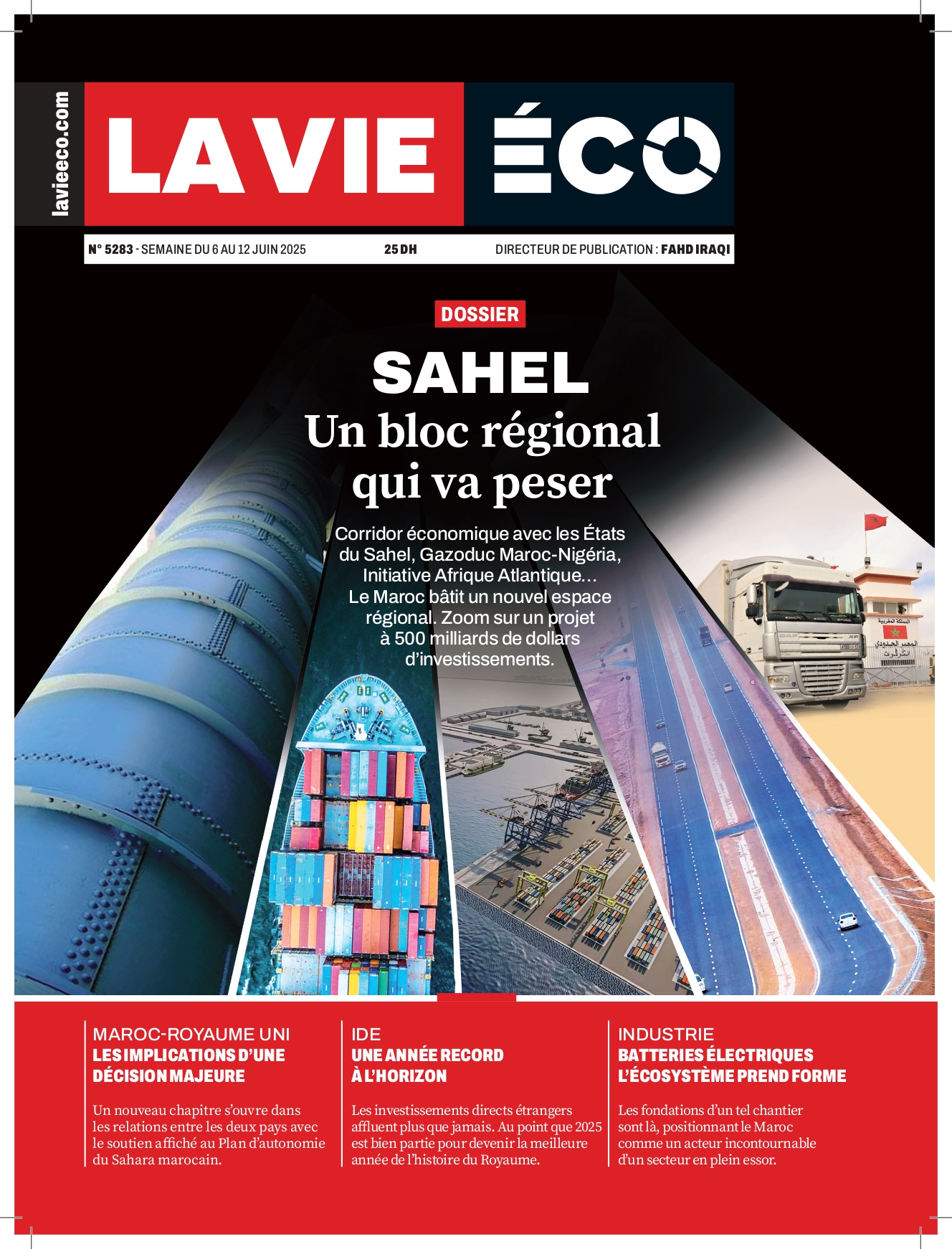Business
Generalization of AMO: Undeniable Achievements and Challenges
Two years after its implementation, the generalization of medical coverage has taken decisive steps at the cost of a colossal collective effort. The conference-debate by «La Vie éco» highlighted the significant progress made to materialize this royal project, while projecting into future challenges.
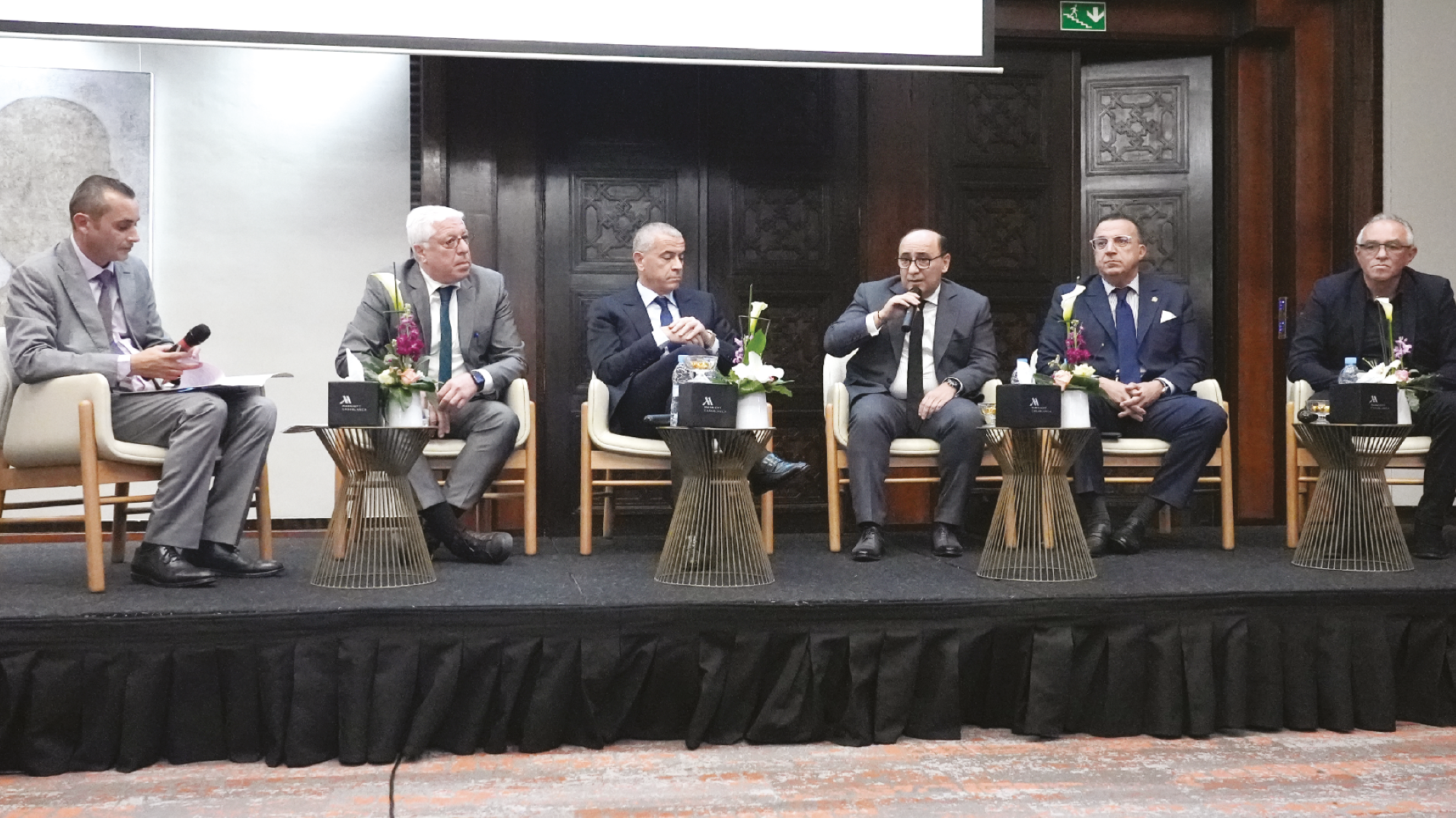
Since the launch of the generalization of mandatory health insurance under the impetus of the Sovereign, a long journey has been undertaken. Figures presented by Hassan Boubrik, Director General of CNSS, during the conference-debate on the assessment of two years of AMO generalization, testify to the magnitude of the task accomplished in a short time.
In line with the established calendar, CNSS successfully integrated non-salaried workers (farmers, traders, liberal professions, or nearly twenty-seven professional categories) and former beneficiaries of the RAMED program who switched to AMO Tadamon. By December 1, 2022, health insurance was extended to nearly 14.6 million new registrants, including about 11 million transferred from the old RAMED regime to AMO Tadamon.
Hassan Boubrik emphasized the colossal work done by all stakeholders, particularly in regulatory and legislative terms, with the adoption of 27 decrees and several laws and amendments. Significant operational work was also provided to ensure the generalization took place under good conditions.
As a result, by the end of 2024, the number of registrants with CNSS increased from 8 to nearly 25 million primary insured and dependents. The number of files processed daily by the Fund rose from 22,000 to an average of 110,000 in December, representing a fivefold increase in activity volume.
AMO Achamil: Integrating Five Million Moroccans
Boubrik took the opportunity to refute an assertion based on a recent report by CESE, which claimed that nearly 8 million Moroccans are not yet covered by AMO. If CNOPS and other regimes that have not yet switched to CNSS are included, there are 5 million Moroccans out of the kingdom’s 36.8 million who remain to be covered under the AMO Achamil framework, This product in some way completes the basic medical coverage offer.
Launched in January 2024, AMO Achamil is dedicated to individuals not engaged in any activity but capable of paying their contributions: between 170 to 200 dirhams per month.
«We now have a range of AMO regimes so that every citizen, along with their family, can find themselves according to their social and economic conditions», said Abdelkrim Meziane Belfkih, Secretary General of the Ministry of Health and Social Protection.
He highlighted the profound changes made upstream in the health sector to support the generalization of this medical coverage, such as the law allowing the opening of private clinics’ capital to non-medical investors, adopted in 2015, to significantly expand healthcare services. as well as improving governance (notably through the establishment of the High Authority for Health), human resources and digitalization.
«We could not maintain the same offer with the significant increase in insured individuals. Whether in the private sector or the public sector, there is a very important expansion in terms of bed capacity, technical facilities, and primary healthcare establishments», he rejoiced.
The AMO effect on the private and public sectors
Among the private operators who have distinguished themselves by opening a plethora of establishments across the national territory is Akdital. For its CEO, Rochdi Talib, ‘there is a before and an after’ the royal speech of July 30, 2020, which set a precise schedule for the generalization of AMO.
«On December 1, 2022, we operated on the first patient affiliated with AMO Tadamon», he recalls, not without emotion. According to Talib, generalizing AMO involves bringing “care to a certain level,” whether in cardiac surgery, oncology, or intensive care.
Specialties that are costly and require significant logistics. «A person in Errachidia has to travel for five hours to reach Meknès to receive treatment for a myocardial infarction». Hence, the need to establish services in various cities across the kingdom, including remote areas. «The state has done what was necessary over the years, but it was necessary to complement and take over in certain cities», Talib explained.
And what about the public sector in all this? The effects of this healthcare revolution are also clearly felt in the services of public institutions, which have had to adapt to the increasing flow of patients. According to Raouf Mouhcine, director of the Ibn Sina University Hospital in Rabat, the various services manage to keep pace by prioritizing conditions. «If there is a significant influx, patients with cancer or those requiring emergency care are treated first», he stated.
«There is an undeniable AMO effect that drives the quantitative and qualitative improvement of care», commented Yasser Sefiani, a professor of medicine who has experience in both the public and private sectors. According to this expert, the dynamics in the sector are undeniable, and there is currently a certain balance between the private and public sectors.
However, this balance is precarious due to differences in resources and functioning between the two sectors, not in terms of competence, Sefiani emphasizes. In his view, «for specialties like cardiology or oncology, the shift towards generalizing AMO has allowed the private sector to capture these specialties in a positive sense. It has filled a void».
«The private sector responded very quickly to a need from citizens and a need from the system». It is now necessary to anticipate this imbalance. «Citizens, as of today, have made a choice. If you provide them with social security, they will go to the private sector», Sefiani asserts.
Digital, network… the CNSS is also undergoing its revolution
This new situation also poses a challenge to the CNSS in terms of management processes. «Multiplying the number of processed files by 5 and the number of insured individuals by 3 presents extremely strong operational challenges», acknowledged Hassan Boubrik. To address this, the CNSS has focused on three areas: information systems, network, and customer relations.
An «extremely heavy» effort is being made on information systems to adapt, increase performance, and enhance security. In terms of the network, it has expanded from 120 to 174 agencies.
To further densify the territorial network, partnerships have been established with payment institutions, notably M2T, which have made available over 3,000 service points where insured individuals can safely submit their documents. «Today, 93% of files go through these proximity points, which decongest our agencies where the average waiting time does not exceed 10 minutes», revealed the head of the CNSS.
Regarding customer relations, a dedicated center was established in Mohammédia (300 positions) to manage complaints, information requests, and assist insured individuals. By the end of 2024, this center handled over 2.5 million calls and achieved a quality rate of 98%.
Digitalization is one of the major projects of the Caisse to facilitate registration, declaration of contributions, and online access to benefits. Digital solutions, such as the MaCNSS app accessible to all insured individuals, or electronic reimbursement solutions for benefits, have proven their usefulness. Today, the Caisse ensures reimbursement of health expenses incurred by insured individuals within an average of 8 days.
This period could be reduced to 24 hours with the digitalization of the process for handling the care sheet. The new CNSS platform is expected to be deployed in a pilot phase within 9 to 12 months before being generalized, revealed Hassan Boubrik. It will optimize the costs of processing files by eliminating paper care sheets, with potential savings for the Caisse estimated at over 400 million dirhams.
The challenge of human resources and pricing
The generalization of AMO raises the issue of human resources with urgency. Abdelkrim Meziane Belfkih, Secretary-General of the Ministry of Health and Social Protection, responds directly: «Morocco is experiencing stress regarding the availability and density of human resources in the health sector».
We have an average of 16 to 18 professionals per 10,000 inhabitants, while the WHO standard is 40 to 45 professionals, he emphasizes. The gap concerns not only doctors but also nurses. A convention was signed in 2022 between the departments of Health, Education, and Finance to implement a roadmap to mitigate this deficit, which is further exacerbated by the migration of skills abroad.
The introduction of a new remuneration system consisting of a fixed and variable part for doctors and nurses should also help bridge part of the gap. The official has also advocated for mutualization and cooperation in human resources between the public and private sectors. A rapidly expanding private group like Akdital is well aware of this issue.
«We have managed to convince some of our high-level compatriot doctors, who have been living in France for years, to return to Morocco», indicates Rochdi Talib. The group also recruits foreign medical and paramedical skills. In remote regions of the kingdom, human resources are not keeping pace. They prefer to work in large cities.
That’s why we have called upon foreigners to ensure the same level of care and services throughout the kingdom, he explains. The director of the Ibn Sina University Hospital in Rabat has advocated for the development of a public-private partnership law for managing human resources between the public and private sectors.
Another crucial topic discussed by the panelists concerns the revision of the national reference pricing (TNR), which has remained unchanged since 2006 and become outdated. « The national reference pricing must be revised, as it affects the budget of university hospitals », affirmed Raouf Mouhcine.
«This is a necessary step that must be approached calmly. There is a balance to maintain. Discussions are ongoing», stated Abdelkrim Meziane Belfkih. «Several parameters must be taken into account, such as the experience of doctors or their geographical situation, to evolve the TNR», recommends Yasser Sefiani.



